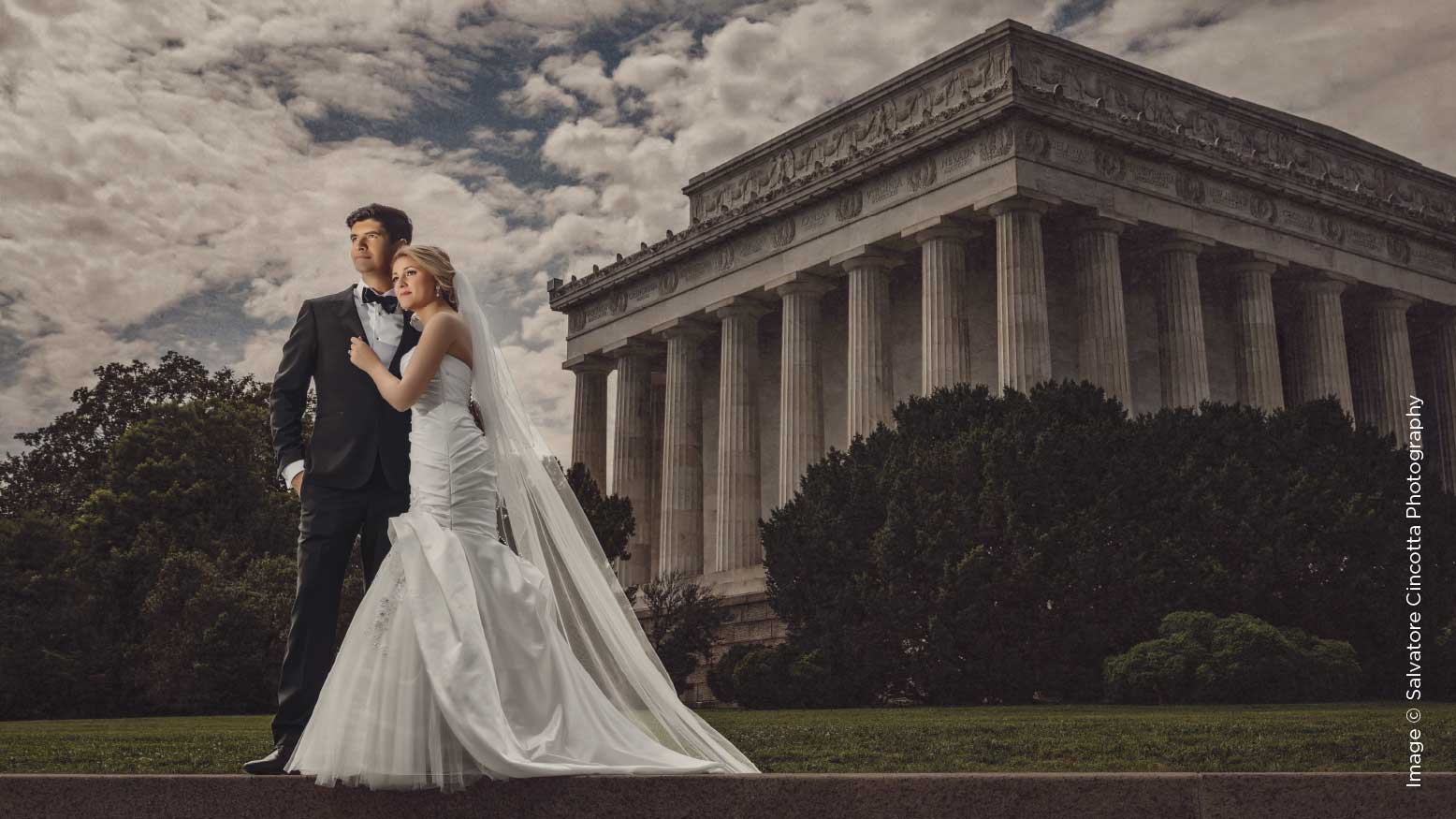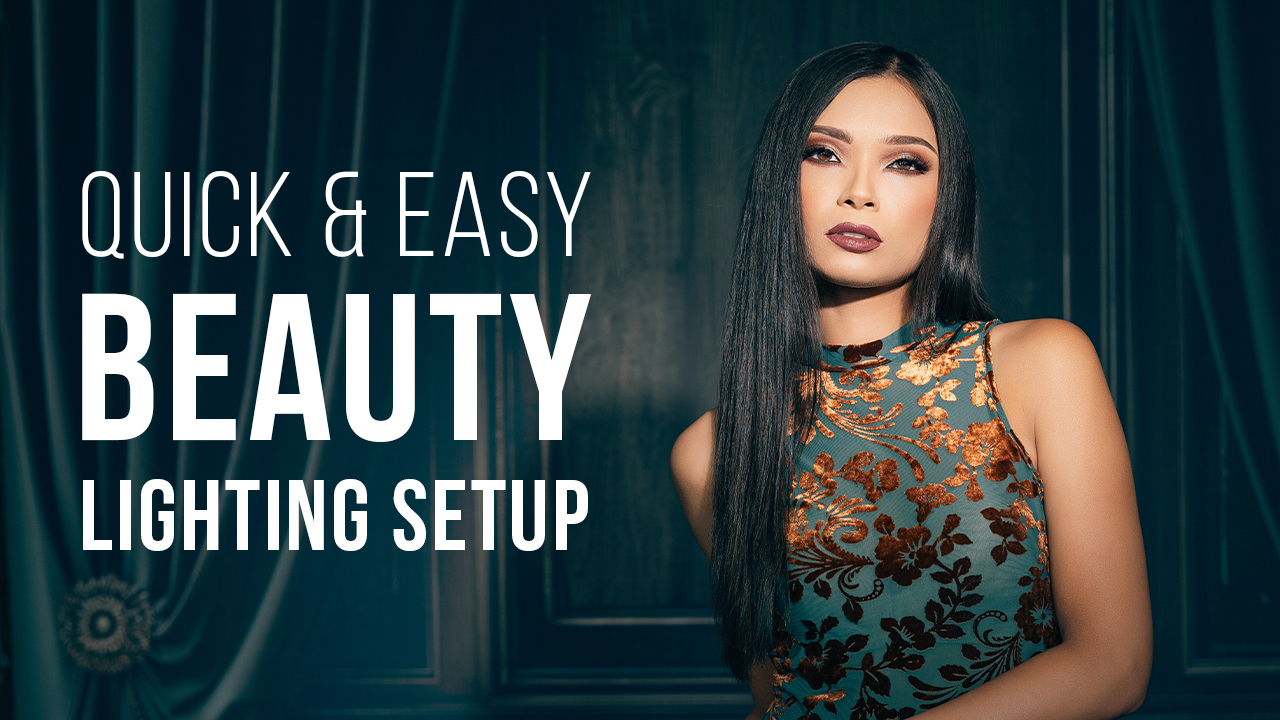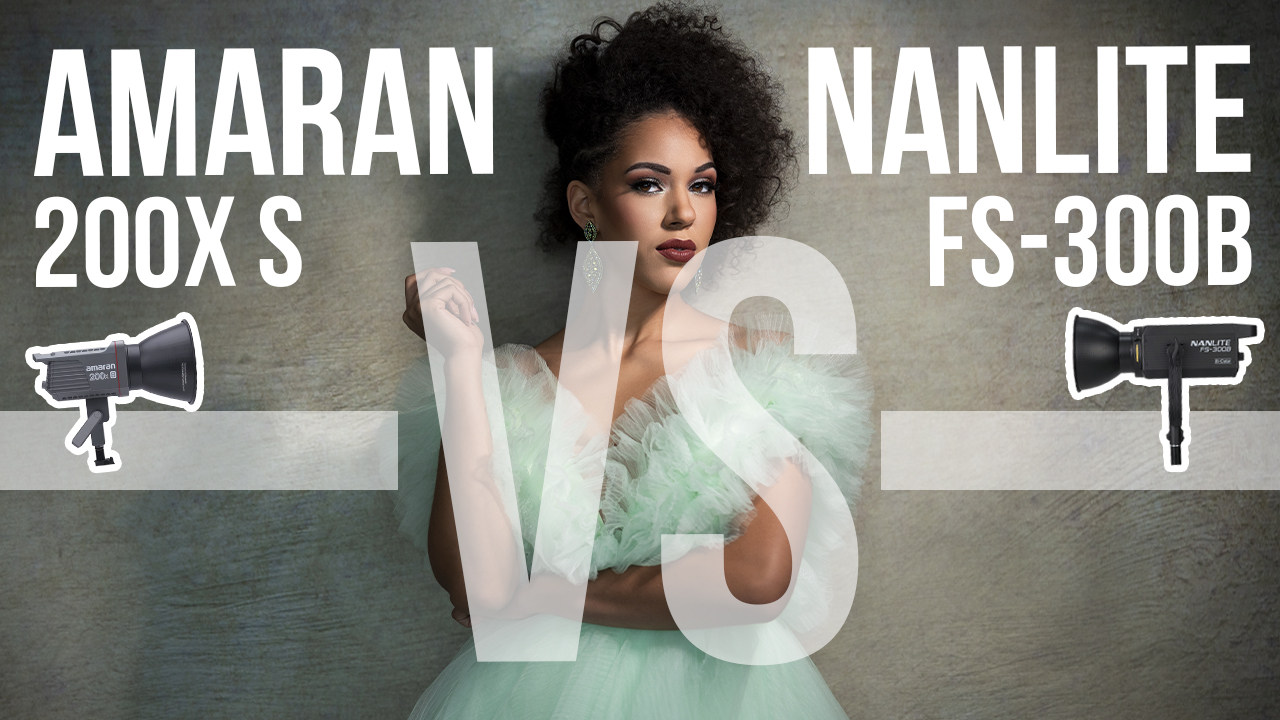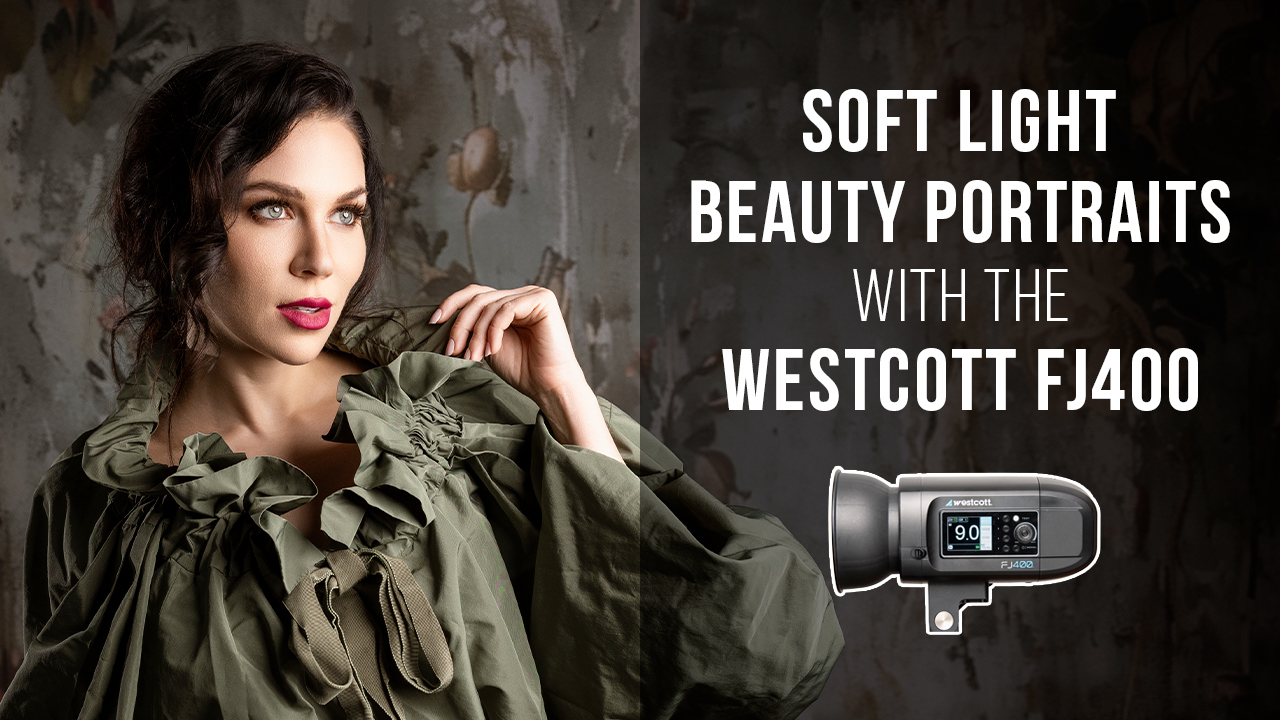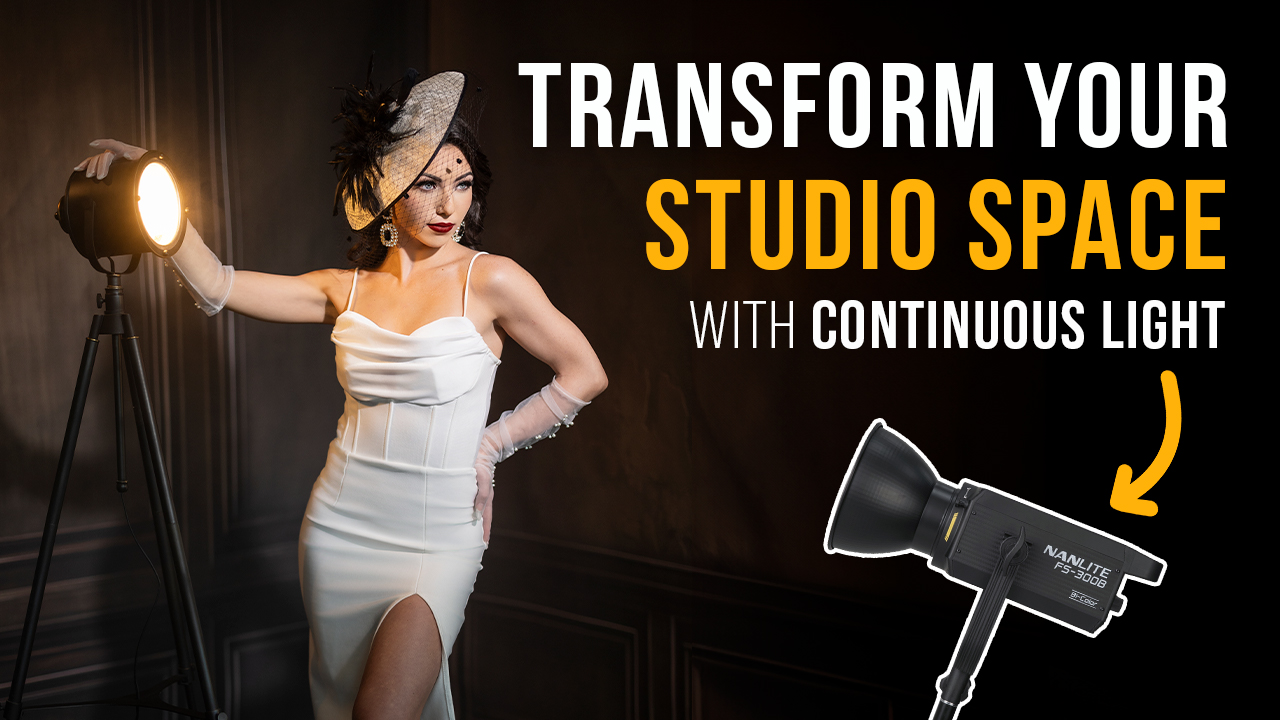Understanding Lighting as an Assistant with Alissa Zimmerman
Understanding lighting as the primary photographer is, of course, the most important part of creating images. When photographers start out in their career, their assistant is a light stand. There isn’t much collaboration in that, and it means you’re still doing all the work yourself. The beauty of being able to add an actual human assistant allows you to get creative and bounce ideas off of each other throughout the process. Before you can get to that place, you have to ensure your assistant is trained properly and understands lighting not as a photographer, but as an assistant.
Let me explain.
Reflectors
This is a great place to start. Most natural-light photographers benefit from that extra pop of light of a reflector. But you can’t just have someone hold a reflector and magically have beautiful light. Positioning a reflector to achieve different looks is a skill that must be learned.
The most important thing to understand as an assistant when holding a reflector is: Angle in equals angle out.
Use these lighting diagrams to visually understand what I am saying. The angle of the sun coming in dictates the angle in which the light will go out onto your subject.
Off-Camera Flash
We use a variety of tools for off-camera flash, but I am going to stick with the Profoto family to keep this article short and to the point.
With smaller tools like the Profoto A1, you can use it on low power as fill light to give your subject a nice pop of light to fill some shadows around their eyes, or you can use it in broad daylight on full power and overpower the sun.
When using the Profoto A1 as fill light, you want to be as close to your primary shooter as possible—you do not want to create split lighting for this look. This should be a nice, even, soft light across your subject’s face.
When using the Profoto A1 for a dramatic portrait to overpower the sun, you’ll want to go off to a 45-degree angle from your subject to create depth and drama in the image. Your primary photographer will also want to pose the subject in a way that complements this style of lighting. You don’t want your subject smiling straight at camera for this dramatic type of lighting. Instead, pose your subject more cinematically, looking into the light for added impact.
Regardless, when you’re using artificial light and want to create natural-looking light, it is important to hold the strobe as high as you can and tilt down. The trick is to mimic the sun. This is why the Profoto quality of light is so good—the round head on the strobe does such a good job creating a soft, natural light that doesn’t look artificial.
Natural Light
Essentially, assistants need to have a basic understanding of natural light right from the beginning if they want to be a valuable part of every shoot.
On location shoots, we photograph engagements, families and high-school senior sessions outdoors from 10 a.m. until 6 p.m., or as late as 8 p.m. in the summer. That means understanding where the sun will be and what type of light you’re going to be dealing with at any given time during the day is crucial. We do not have the luxury of scheduling only two photo sessions each day during golden hour, between 5 p.m. and 8 p.m., as the sun is perfectly setting on the horizon. This means that being prepared for any situation is of the utmost importance.
Pre-scout your locations. Have a handful of areas you like to photograph that give you a ton of variety for your imagery. We like to have a few options for greenery (usually parks) and a wider variety for urban areas (in St. Louis, there are urban areas in North City and South City). When scheduling the session with our clients, we ask if they want park or urban, and then we take it from there. With this variety, you’ll be able to schedule your session time and keep the park/urban style loose enough so that the time of day won’t matter as much. That means you aren’t locked into Spring Park at exactly 3:30 p.m. because the sun is at a perfect 45-degree angle on the bench that faces south on the west side of the park.
Pay attention to details. Your primary photographer is engaging in conversation with the client and focusing on getting the shot set up—the pose, expression, location, etc. It’s the assistant’s job to pay attention to the little details, like dappled lighting peaking in, that the primary photographer might not notice through the tiny viewfinder. (By the way, some people carry a scrim on location for situations like this, or use a reflector to block the dappled light. We don’t work that way, simply because of the pace at which we move between each scene.)
Don’t be obnoxious and cause a scene when pointing it out to your primary photographer—simply tap her on the shoulder and whisper in her ear, “Dappled light on client’s head.” Your primary will get the hint, I promise. And she will thank you for this subtle gesture later when she doesn’t have to spend time in post-production trying to remove that hot spot from the client’s head.

